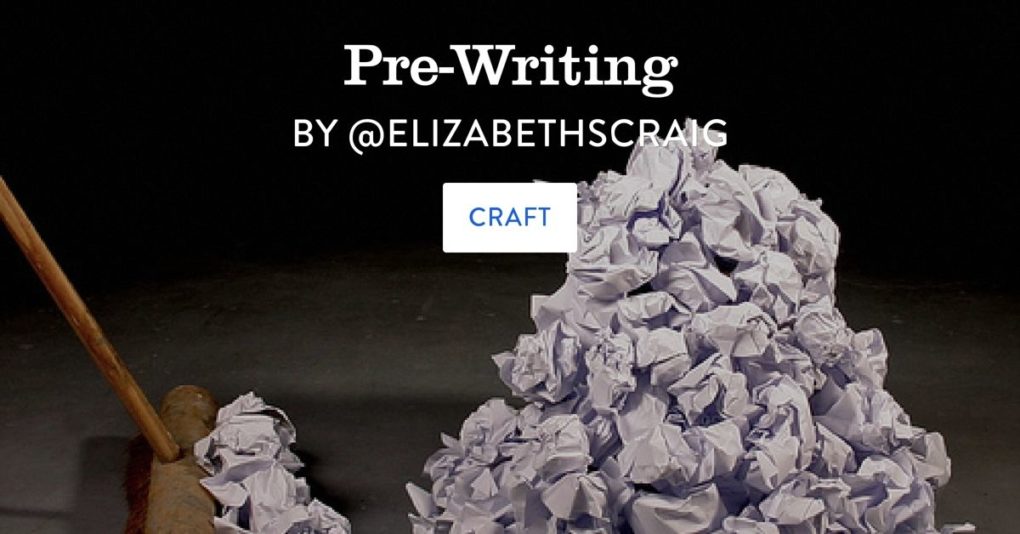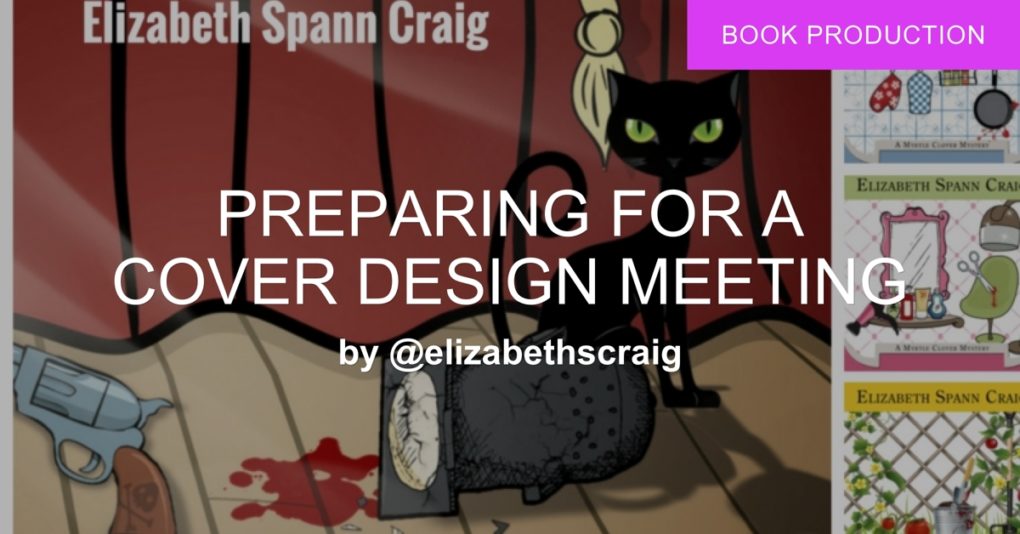by Elizabeth S. Craig, @elizabethscraig
In the past month, I’ve had three writers reach out to me. They were all writing mysteries for the first time.
They asked me about outlining with arcs and three-act sequences and character development sheets. Two writers reported feeling extremely overwhelmed and frustrated to the point of being immobilized.
I suggested that they might be overthinking it, at least when writing traditional mysteries. That’s because mysteries provide their own structure–a very familiar structure that avid mystery readers both know by heart and expect to encounter.
In fact, when we deviate from this structure or pattern, readers usually let us know about it.
I explained my own, very simple process:
I start out by writing the back cover copy. There are a couple of reasons for this. One, it gives me a global view of my story and its set-up. For another…I already have a cover for the book a year before I write it (I like working ahead with my cover designer). So there’s a print cover with copy all ready to go.
Then there’s a simple outline. Nothing fancy.
Here’s the structure for a cozy mystery (if you fill in the blanks with your own characters, victims, suspects, it becomes a very basic outline): Continue reading





